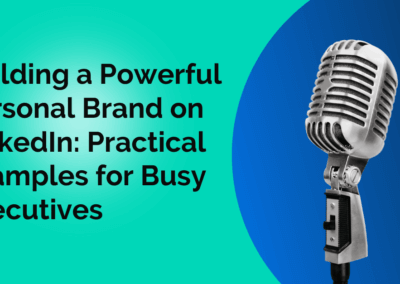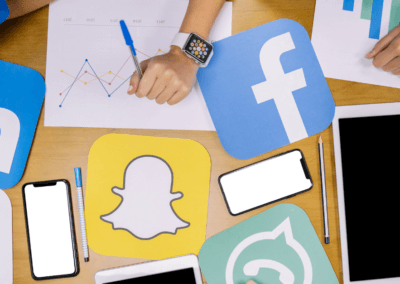Times have changed. Buying and selling have changed. Today, buyers are more risk-averse, more price-conscious, do more research into products and services before purchasing, and expect a more personalized approach when dealing with Sales teams.
The fundamental shift around who holds the power in the Sales process, shifting from Sales professionals to buyers, means that other changes must be made in your organization to keep up with this new trend. As covered in some other articles, adopting Inbound Sales into your organization can help meet all of these demands.
One important customer-centric tool discussed in our most recent article which can improve the targeting of your messaging and selling, which is one of the foundations of inbound sales, was buyer personas—representations of your company’s ideal customer. But now we’re going to focus on the Buyer’s Journey: the decision-making process your buyer personas go through before making a purchase.
In other words, the Buyer’s Journey is a buyer-centric version of the sales funnel. Just as leads move from the Top of the Funnel (ToFu), through the Middle of the Funnel (MoFu), and into the Bottom of the Funnel (BoFu), they also move through Awareness, Consideration, and Decision Stages, ending with the choice of whether or not to buy into your product or service.
If you’re looking to optimize your sales funnel, aligning it with the Buyer’s Journey is a necessary step to take. It’s also a fundamental step in implementing inbound selling into your organization.
A side-by-side comparison of the Buyer’s Journey and a traditional sales funnel is shown below:
As shown, as your lead moves through your sales funnel, they are also moving through their own path: the Buyer’s Journey.
In the Awareness Stage, mapped with the ToFu categories of Visit and Lead, the buyer understands that they have some sort of problem or difficulty that they’re facing. However, they’re not quite sure what it is, and so this stage involves research around their problem. Here, 72% of buyers turn to Google to ask questions like: “What causes leaky faucets?”
The Consideration Stage comes next, aligned with MoFu categories of Marketing Qualified and Sales Qualified Leads (MQLs and SQLs). In this stage, buyers have identified their problems, and are now researching and considering different solutions to their problems. 70% of buyers return to Google 2-3 times during this research, with searches like: “Can I fix my own leaky faucet or should I call a plumber?”
Lastly, the Decision Stage, BoFu, where your Opportunities and Customers tend to be. The buyer has narrowed their choices down to just a couple possibilities, including you, and is now deciding whether or not to purchase into your product or service. Here, they are concerned with cost, preparation, implementation, and customer support. Here, they’ll be looking on your website for things like customer testimonials and competitor comparisons, or searching things like: “Local plumber reviews.”
Typically, in the new inbound marketing and sales environment, Sales professionals don’t get involved in the buying process until the Decision Stage, because in the other stages, customers are still researching and educating themselves, and aren’t quite ready to talk to Sales just yet. In fact, 90% of buyers say that when they’re ready to buy, they’ll find you.
Typically, Marketing is responsible for nurturing leads in ToFu and MoFu, in the Awareness Stage and Consideration Stage, passing them off to Sales after indicating a readiness to buy.
However, by following Inbound Sales, your Sales reps can be involved throughout the Buyer’s Journey—so long as they are focused on delivering information, rather than delivering a sales pitch.



